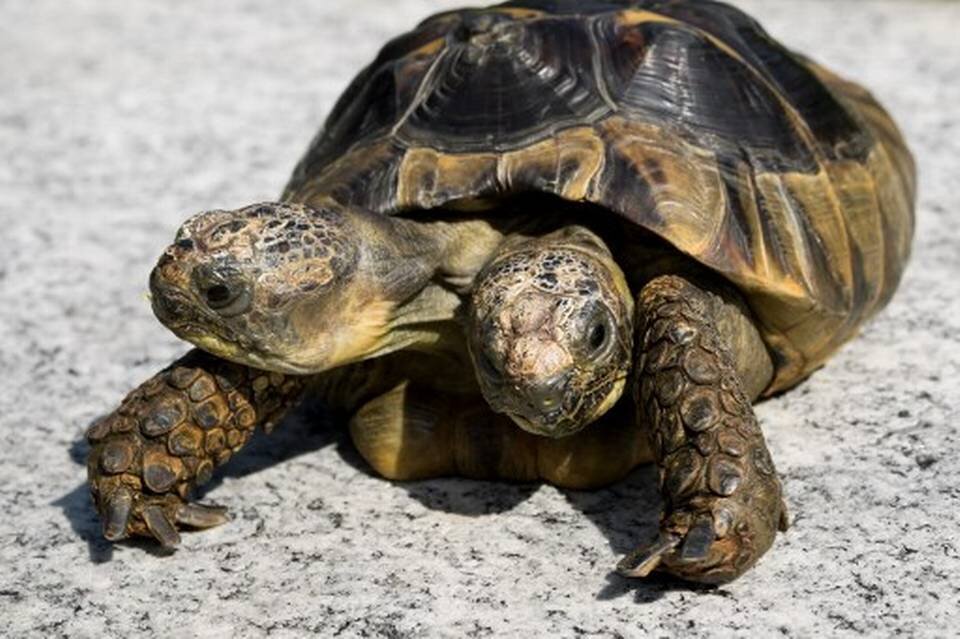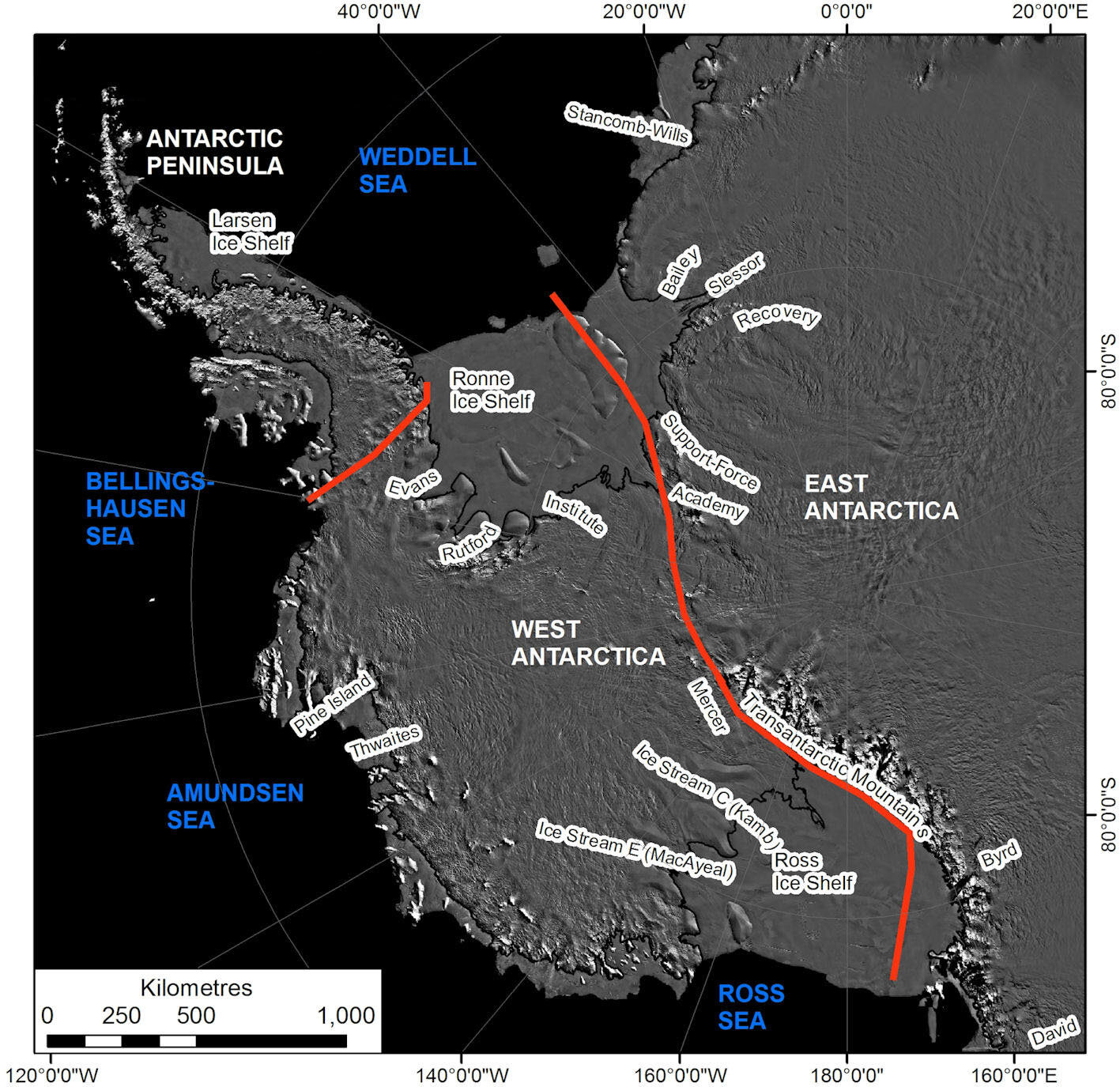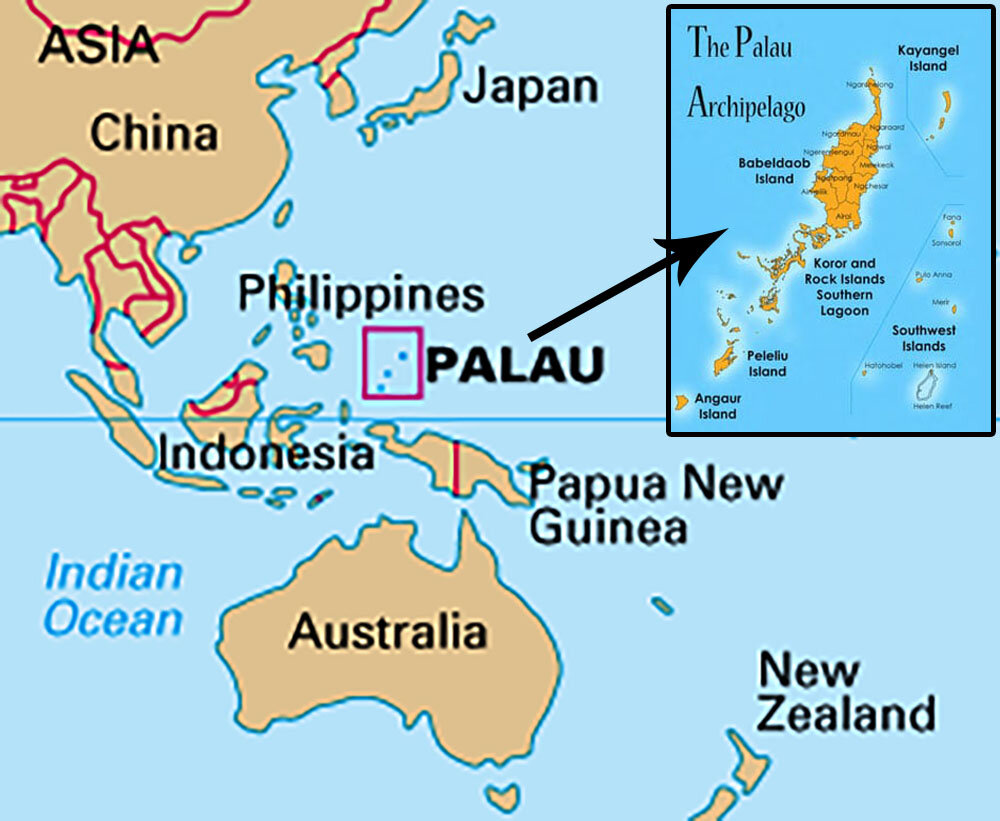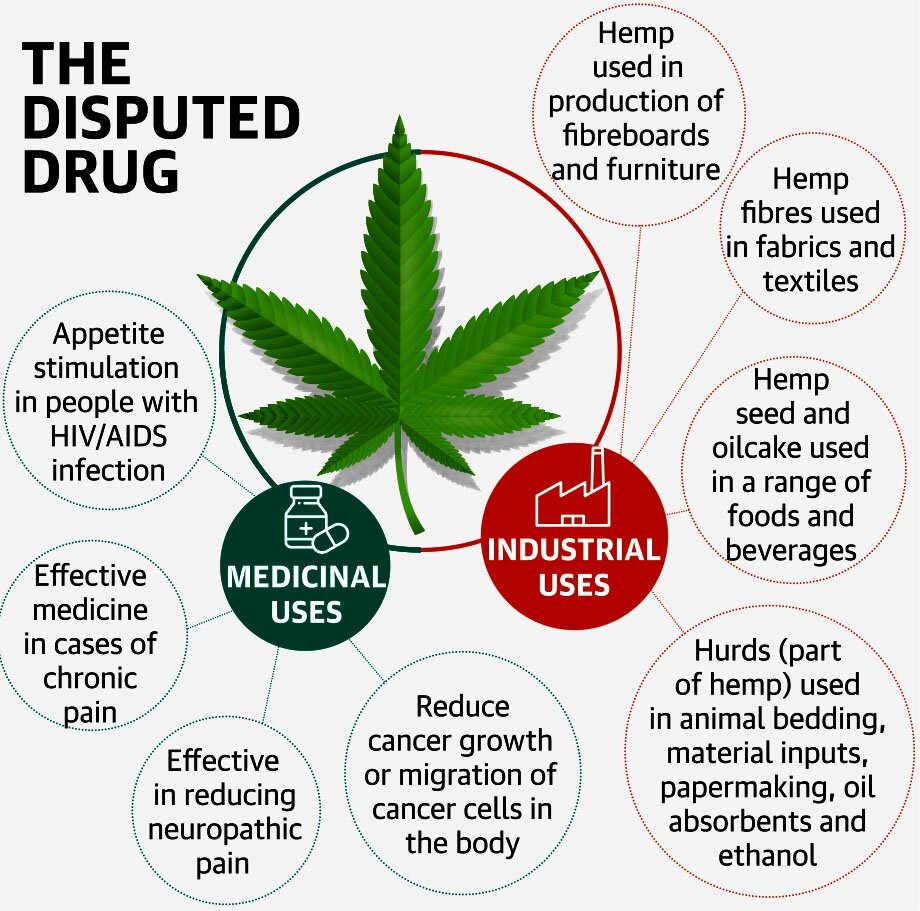Social Justice
Tribal Education
Tribals in Wayanad district of Kerala are close to achieving 100% literacy rate.
Scheduled Tribes
- President under Article 342 is empowered to declare communities as scheduled tribes. While Parliament by law can amend the list.
- According to Census 2011, tribes constitutes 8.6% of our total population and out of which only 58.96% are literate.
Challenges in Tribal Education
- Education is one of the primary agents of transformation towards development.
- Education is in fact, an input not only for economic development of tribes but also for inner strength of the tribal communities which helps them in meeting the new challenges of life.
- Medium of Instruction: Language has been the biggest constraints in tribal education. All the curriculum and teachers module are designed in official/regional language which is alien for tribal student.
- Economic Condition: The economic condition of tribal people is so poor that they do not desire to spare their children or their labour power and allow them to attend schools.
- Teacher Absenteeism: In the remote tribal areas the teacher absenteeism is a regular phenomenon and this affects largely the quality of education.
- Attitude of the Parents: As education does not yield any immediate economic return, the tribal parents prefer to engage their children in remunerative employment which supplements the family income.
- Infrastructural Challenges: Most of the schools located in tribal areas have minimal infrastructural facilities. These schools are not equipped with teaching learning materials, study materials, even minimum sanitary provisions are not maintained.
Government Intervention
- Eklavya Model School: Residential School based on Navodaya Model to be opened in each tribal block by 2022.
- Rajiv Gandhi National Fellowship Scheme (RGNF): RGNF was introduced in the year 2005-2006 with the objective to encourage the students belonging to ST community to pursue higher education
- Pre and Post Matric Scholarship Schemes
- Vocational Training Center in Tribal Areas: The aim of this scheme is to develop the skill of ST students depending on their qualification and present market trends.
Recommendations
- Kothari Commission stressed to pay special attention to the education of ST.
- XaXa Committee recommended greater focus on removing gender disparity in education.
- Awareness Campaigns like street drama, Camps Counselling session to bring attitudinal change in Parents.
- Emphasis should be given to career or job oriented course.
- Teachers should be locally recruited who understand and respect tribal culture and practices and most importantly are acquainted with the local language.
Biodiversity & Environment
West Antarctic Ice Sheet
A recent study has revealed that the giant West Antarctic Ice Sheet (WAIS) is destabilising and is on the verge of a complete collapse.
- The researchers have concluded that this can be tackled by launching a last-ditch engineering project to blanket its surface with “artificial snow”.
Artificial Snow
- Scientists have proposed using 12,000 wind turbines to pump seawater 4,900 feet up to the surface, where it would be frozen into “snow” to weigh the WAIS down enough to stop it collapsing any further.
- West Antarctic Ice Sheet could be stabilized by depositing a minimum of 7,400 gigatonnes of artificial snow over 10 years around the Pine Island and Thwaites glaciers.
- The snow would be compacted as ice, pushing down the glacier and stabilising it, as well as making it thicker.
Findings
- Recent studies have shown warmer ocean water is being pushed toward the huge WAIS, destabilizing it and speeding up the decline of its huge glaciers.
- This is because much of the West Antarctic Ice Sheet lies below sea level, making it a Marine Ice Sheet. Marine Ice Sheets are more vulnerable to collapse because of their exposure to warm waters.
- West Antarctica is currently the world’s largest marine ice sheet.
- Moreover, many of these glaciers have a reverse bed slope, meaning that as they retreat it exposes deeper and thicker ice to the ocean.
- That is a very unstable position, and causes a positive feedback effect which accelerates the retreat (and hence contribution to sea level rise).
Impact of Climate Change
- However, it is more important to focus on the seriousness of the issue at the South Pole because of climate change.
- The Antarctica as a whole lost more than 3 trillion tons of ice between 1992 and 2017. Most of that came from West Antarctica, where the rate of ice loss has tripled in the last quarter century.
- Scientists believe that global warming has already caused so much melting at the south pole that the WAIS is now on course to disintegrate.
- This would trigger an eventual global sea level rise of at least three metres (10 feet) over the centuries.
- Although, full sea level rise projected to follow the collapse of the West Antarctic Ice Sheet might not unfold for hundreds of years, but this will eventually submerge low lying cities like Hamburg, Shanghai, New York and Hong Kong.
- Melting ice sheets in Greenland, the Arctic and shrinking glaciers around the world would worsen the problem and could ultimately lead to sea level rise by at least five metres (16 feet) even if countries manage to implement the Paris pact.
Way Forward
- While geoengineering projects do offer some hope in theory, they could also end up damaging the planet and its ecosystem in unexpected ways.These interventions must not be used as an excuse to delay emissions cuts.
Biodiversity & Environment
Rhesus Macaque Declared Vermin
The Union Environment Ministry has declared Monkeys (Rhesus Macaque) as ‘vermin’ in Himachal Pradesh.
- It will allow local authorities to cull this animal in certain identified non-forest areas in Shimla for one year.
- The state government reported harm to life and property including large-scale destruction of agriculture due to the overpopulation of this species outside forests.
- Rhesus Macaque monkeys are protected species under Schedule II of the Wildlife (Protection) Act, 1972, the law allows for it to be hunted by declaring it ‘vermin’ for a specific period if it poses a danger to human life or property.
Rhesus Macaques
- These are familiar brown primates with red faces and rears. They have close-cropped hair on their heads, which accentuates their very expressive faces.
- Their natural range includes Afghanistan, Pakistan, India, Southeast Asia, and China. A few troops of introduced rhesus macaques now live wild in Florida.
- It has a least concerned status in the IUCN red list.
- These intelligent animals can adapt to many habitats, and some can even become accustomed to living in human communities. This is most common in India, where Hindus regard the animals as sacred and usually leave them undisturbed.
Vermin Animal
- As per Section 62 of the Wildlife Protection Act, 1972, States can send a list of wild animals to the Centre requesting it to declare them vermin for selective slaughter.
- Wildlife laws divide species into ‘schedules’ ranked from I to V. Schedule I members are the best protected, in theory, with severe punishments meted out to those who hunt them.
- Wild boars, nilgai and rhesus monkeys are Schedule II and III members, it is also protected, but can be hunted under specific conditions.
Social Justice
Child Labour in Film and Television Industry
The government is working to ensure “strict compliance” of norms on working conditions for children by film and television industry, as well as the inclusion of mandatory disclaimers when they appear on the screen.
- The Ministry has expressed concern over violations of child labour rules in film and television.
Child Labour
- The term ‘Child Labour’ is defined as a work that deprives children of their childhood, their potential and their dignity and is harmful to their physical and mental development.
- It refers to the work that is mentally, physically, socially or morally dangerous and harmful to children, interferes with schooling by depriving them of the opportunity to attend school, obligement to leave school prematurely or requiring them to attempt to combine school attendance with excessively long and heavy work.
Child Labour (Prohibition and Regulation) Amendment Rules, 2017
- Under the Child Labour (Prohibition and Regulation) Amendment Rules, 2017, child artistes are supposed to work for a maximum of five hours a day and not more than three hours without rest.
- The rules also require permission from the District Magistrate and an undertaking by the producer, as well as the deployment of one person each for ensuring the safety and security of a maximum of five children.
- Children should not be away from schooling for more than 27 days and 20% of their income should be deposited in a fixed deposit in their name, as per the rules.
- If a child was involved in filming, the film should include a disclaimer saying that all measures were taken to ensure that no abuse, neglect or exploitation of the child took place during shooting.
Governance
Paramarsh Scheme
The Union Minister for Human Resource Development launched the University Grants Commission (UGC) scheme ‘Paramarsh’.
- Objective: To mentor National Accreditation and Assessment Council (NAAC) accreditation aspirant institutions for promoting quality assurance in higher education.
- Implementation:
- The scheme will be operationalized through a “Hub & Spoke” model wherein the Mentor Institution, called the “Hub” is centralized and will have the responsibility of guiding the Mentee institution through the secondary branches the “Spoke” i.e. through the services provided to the mentee for self improvement.
- This will allow a centralized control over operational efficiency, resource utilization to attain overall development of the mentee institution.
- Target: The scheme will target 1000 Higher Education Institutions (HEIs) for mentoring with a specific focus on quality as enumerated in the UGC “Quality Mandate”.
- Expected Benefits:
- It will lead to enhancement of overall quality of the mentee institutions and enhance its profile as a result of improved quality of research, teaching and learning methodologies.
- It will help the mentee institution in getting NAAC accreditation.
- It will also facilitate the sharing of knowledge, information and opportunities for research collaboration and faculty development in Mentee Institutions.
- It will help in providing quality education to the 3.6 crore students who are enrolling to Indian Higher Education system at present.
National Accreditation and Assessment Council
- It was established in the year 1994 as an autonomous institution of the UGC with its Headquarter in Bengaluru.
- The mandate of NAAC is to make quality assurance an integral part of the functioning of HEIs.
- It makes arrangement for periodic assessment and accreditation of institutions of higher education or units thereof, or specific academic programmes or projects.
University Grants Commission
- The University Grants Commission (UGC) came into existence in 1953 and became a statutory organization of the Government of India by an Act of Parliament in 1956, for the coordination, determination and maintenance of standards of teaching, examination and research in university education.
- The head office of the UGC is located in New Delhi.
Important Facts For Prelims
SAGAR MAITRI
- Oceanographic research vessel of Defence Research and Development Organisation (DRDO), INS Sagardhwani, embarked on a two-month-long SAGAR MAITRI Mission-2.
- SAGAR MAITRI is a unique initiative of DRDO with the broad objective of “Safety And Growth for All in the Region (SAGAR)” to promote closer co-operation in socio-economic aspects as well as greater scientific interaction especially in ocean research among Indian Ocean Rim (IOR) countries.
- “MAITRI (Marine & Allied Interdisciplinary Training and Research Initiative)” is the specific scientific component of DRDO.
Objectives of SAGAR MAITRI
- The prime objectives of the SAGAR MAITRI Mission are data collection from the entire North Indian Ocean, focussing on the Andaman Sea and adjoining seas and establishing a long-term collaboration with eight IOR countries in the field of ocean research and development.
- The programme also aims at establishing long term scientific collaboration with these countries in the field of ‘Ocean Research & Development’ and data collection with a focus on the Andaman Sea.
The IOR countries, include Oman, Maldives, Sri Lanka, Thailand, Malaysia, Singapore, Indonesia and Myanmar.
Biodiversity & Environment
Two Headed Green Turtle
Turtles right head controls the front right flipper, whereas left head controls the front left flipper and both heads are capable of coordinating their movements in order to walk and swim.
Green Turtle
- Physical appearance: Green turtles are named after the greenish colour of their cartilage and the fat deposits around their internal organs.

- They are black-brown or greenish yellow in colour.
- Distribution: Green turtles are widely distributed in tropical and subtropical waters.
- Threats: Green turtles are particularly sought for their meat
- Habitat loss and degradation
- Wildlife trade
- Collection of eggs and meat for consumption
- Incidental capture (bycatch)
- Climate change
- Pollution
- Importance
- Marine turtles fulfill important roles in marine ecosystems.
- Green turtles play a significant, symbolic role in traditional Indonesian hindu rituals and ceremonies.
- Conservation Status
- It is listed as endangered species in the International Union for the Conservation of Nature (IUCN) red list.
- Green turtles are also included in the Convention on International Trade in Endangered Species of Wild Fauna and Flora (CITES) appendix 1.
Important Facts For Prelims
Palau Joins ISA
Palau became the 76th country to sign the International Solar Alliance framework agreement.
- Palau will host the 2020 edition of the ‘Our Oceans conference’, ( based on the concept of partnership - “big brothers working with small brothers to address sustainable development issues”) which will focus on issues such as climate change, sustainable fisheries and marine pollution.
- The ISA was jointly launched by India and France at the UN Climate Change Conference in Paris on November 2015.
- The First Assembly of the ISA was held in New Delhi in 2018.
- Palau, is a country in the western pacific Ocean that consists of coral and volcanic islands surrounded by single barrier reef.
- Palau lies in the southwest corner of Micronesia ( country spread across the western Pacific Ocean comprising more than 600 islands), with New Guinea to the south, and the Philippines to the west.
- Its major populated islands are Babelthuap (Babeldaob), Koror, Malakal, Arakabesan, and Peleliu.
- There is concern that the low-lying islands could be badly affected by rising sea levels possibly due to climate change.
Important Facts For Prelims
Internet Saathi Program
Google India and Tata Trusts will expand their Internet Saathi Program to villages in Punjab and Odisha.
- The Internet Saathi Program was launched in the year 2015.
- Aim: To facilitate digital literacy among women in rural India.
- Implementation: Women from villages are trained on using the internet and are made equipped with data-enabled devices. These women are known as Internet Saathis and work as trainers, to help other women in their village to get started on their internet journey and benefit from it.
- Coverage Area: The programme started as a pilot in Rajasthan has been expanded to states including Gujarat, Jharkhand, Andhra Pradesh, Uttar Pradesh, Assam, West Bengal, Tripura, Maharashtra, Madhya Pradesh, Bihar, Haryana,Tamil Nadu, Goa, Karnataka, Uttarakhand, Chhattisgarh and Telangana. Punjab and Odisha will soon get added to this list.
- Progress: It has, so far, trained 70,000 ‘Internet Saathis’, who have in turn impacted 2.6 crore million women in the country.
- Impact: The program has contributed towards bridging the digital gender divide in rural India - female to male ratio was 1 in 10 in 2015 and in 2018, it increased to 4 in 10.
- Some of the women trained under the programme have also started their own micro-business like stitching, honey bee farming, and beauty parlours.
- There are also many who are driving awareness for issues like girl child education, menstrual hygiene and more within their communities.
Important Facts For Prelims
Cannabis Debate
Recently a cannabis advocacy group has filed a petition regarding decriminalizing cannabis in Delhi High Court.
- Cannabis is a generic term used to denote the several psychoactive preparations of the plant Cannabis sativa.
- The Mexican term 'marijuana' is frequently used in referring to cannabis leaves or other crude plant material in many countries.







